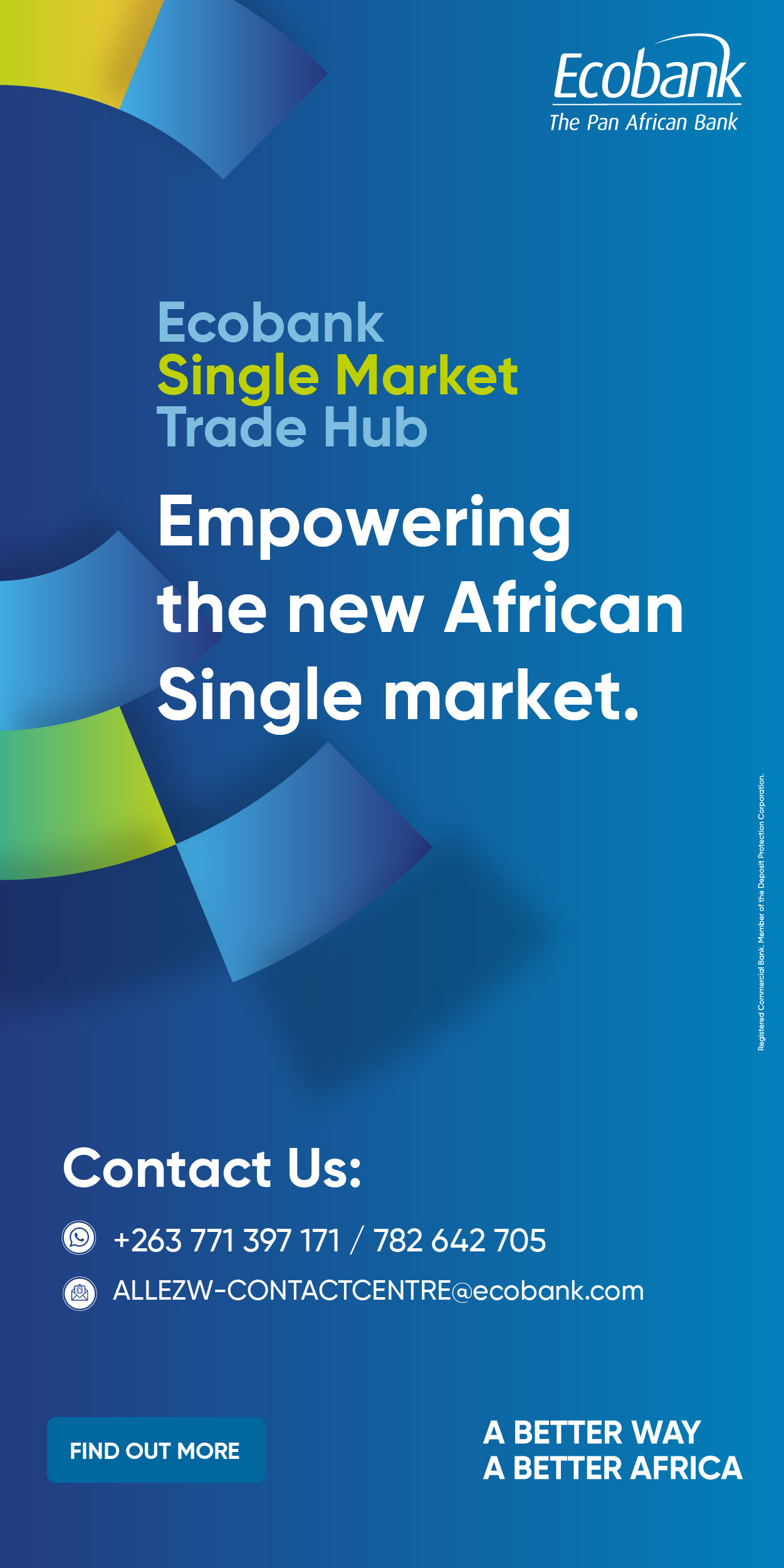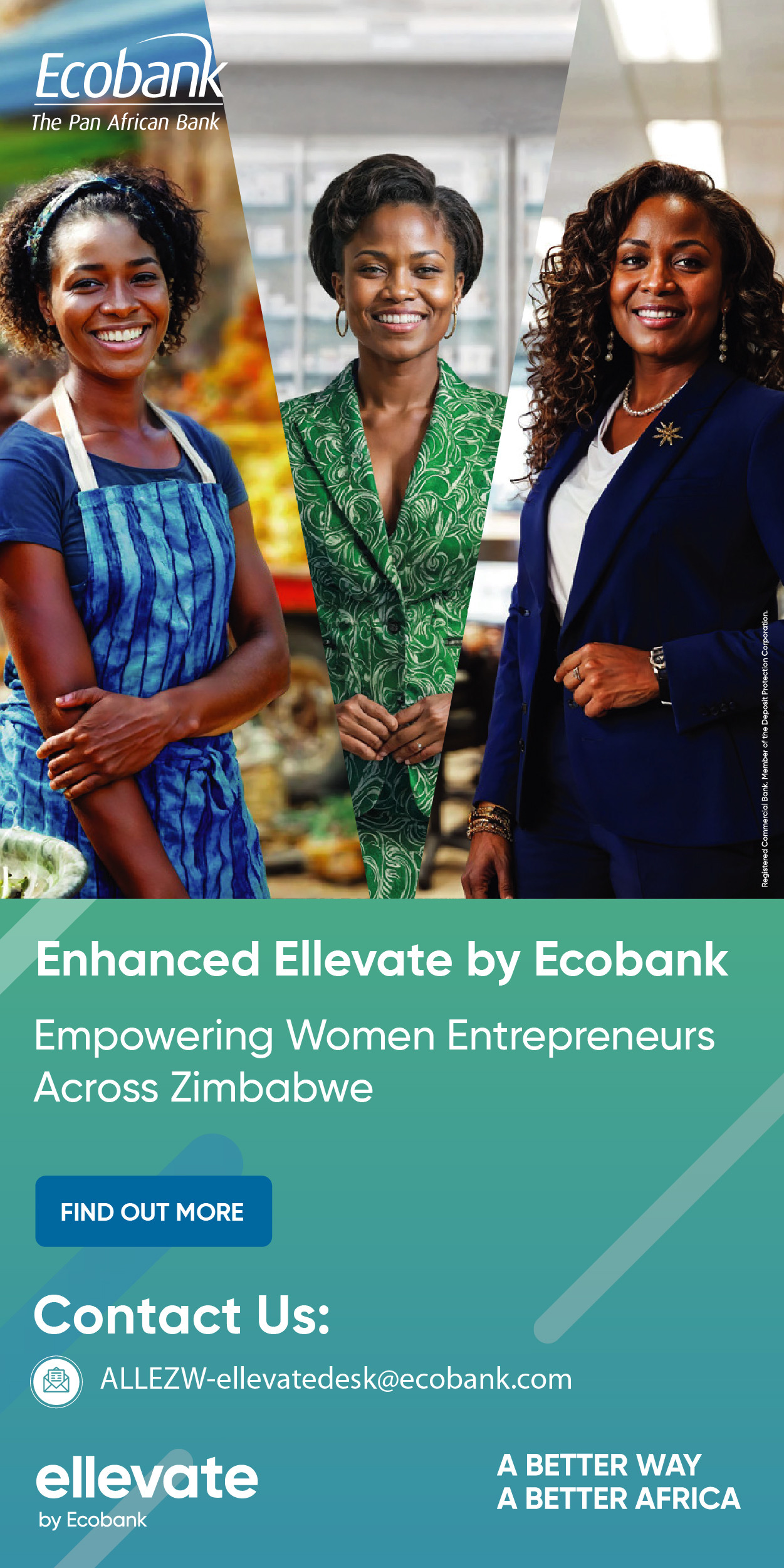- Gold production to 620 kg in Q1 FY2025, driven by improved grade and recovery metrics
- Significant upgrades at the Eureka Mine, including a $5 million pre-leach thickener, enhance operational efficiency and recovery rates
- The agricultural division saw a 254% increase in skin harvest volumes, diversifying revenue streams
Sources: Padenga Holdings, Equity Axis
Harare- Padenga Holdings Limited, Zimbabwe’s largest listed gold producer, has begun FY2025 with a robust performance, demonstrating resilience and growth in both its gold mining and agricultural divisions.
The first quarter which ends March 31, 2025, saw gold production increase to 620 kg from 610 kg in the prior comparative period, driven by enhanced grade and recovery metrics.
However, gold sales fell 18% year-on-year to 620 kg due to elevated gold inventory from 2023 sold in Q1 2024.
Despite this, Padenga capitalised on soaring gold prices, averaging US$2,860 per ounce in Q1 2025, up 7% from US$2,663 in Q4 2024 and 41% higher than Q1 2024.
In comparison, Caledonia Mining Corporation, operating the Blanket Mine, reported a record Q1 2025 production of 18,671 ounces (approximately 581 kg), slightly below Padenga but reflecting operational stability.
Kuvimba Mining House, another key player, produced an estimated 900 kg across its Freda Rebecca and Shamva mines, reinforcing its position as Zimbabwe’s top producer.
Padenga’s revenue growth outpaces Caledonia’s but lags behind Kuvimba’s scale, highlighting the competitive dynamics in Zimbabwe’s gold sector.
The Eureka Mine, a cornerstone of Padenga’s mining portfolio, has undergone significant upgrades that enhance its operational efficiency and position it as a leader in Zimbabwe’s gold mining landscape.
The installation of a pre-leach thickener in Q1 2025 has delivered tangible benefits, including reduced reagent usage, improved water efficiency, and enhanced recovery rates.
This upgrade, costing approximately US$5 million, optimises the processing circuit by increasing the density of ore slurry before leaching, thereby reducing chemical costs by an estimated 8% and boosting recovery by 3%.
Additionally, new mining equipment was delivered during the quarter, improving throughput and reducing downtime. Management is also evaluating a gravity circuit upgrade at Eureka, targeted for implementation by Q3 2025, which could further enhance recovery by 5–7% by capturing free-milling gold earlier in the process.
These investments align with Padenga’s US$30 million 2025 capital expenditure plan, with US$15 million allocated to Eureka for exploration, equipment, and a 7-megawatt solar plant to mitigate Zimbabwe’s chronic power shortages.
In contrast, Caledonia’s Blanket Mine relies on a 12-megawatt solar plant covering 27% of its energy needs, completed in 2023, but has not announced comparable processing upgrades in Q1 2025. Kuvimba’s Freda Rebecca mine, with a larger processing capacity of 2.7 million tonnes per annum, benefits from recent investments in a carbon-in-pulp (CIP) circuit, increasing recovery rates to 92%, slightly above Eureka’s current 90%.
However, Eureka’s ongoing upgrades position it to close this gap by year-end.
Padenga’s agricultural division, centered on Nile crocodile operations, saw a remarkable 254% increase in skin harvest volumes to 32,732 from 9,248 in Q1 2024, driven by improved breeding and pen management.
However, sales of 6,495 skins were 13% lower year-on-year due to timing differences and ongoing pen floor rehabilitation to enhance skin quality.
This segment, contributing 14% to revenue, diversifies Padenga’s income, a strategic advantage not shared by Caledonia or Kuvimba, which focus solely on gold and mining. This diversification mitigates risks from mining-specific challenges, such as Zimbabwe’s 30% forex surrender requirement and power outages, which cost the industry an estimated US$200 million annually in lost production.
Padenga’s agricultural arm, while capital-intensive, provides a buffer that competitors lack, though it demands careful resource allocation.
Outlook
Exploration and strategic investments at Eureka and Pickstone Peerless Mine shows Padenga’s forward-looking approach. At Eureka, Q1 2025 exploration drilling focused on evaluating the feasibility of an underground operation, with 4,500 meters drilled to delineate deeper, high-grade zones.
This initiative, costing US$2 million, aims to extend Eureka’s life beyond its current open-pit reserves, projected to deplete by 2028. At Pickstone, 7,016 meters of diamond drilling against a forecast of 3,979 meters reflects aggressive resource expansion, with results expected to inform a 2026 production ramp-up.
Phase 3 of Pickstone’s underground project, targeting hoisting from Level 10.5 by December 2025, is set to access higher-grade ore, potentially increasing output by 10%.
Caledonia’s exploration at Blanket focuses on the Eroica zone, with 5,000 meters drilled in Q1 2025, but its mature resource base limits growth potential compared to Padenga’s newer assets. Kuvimba’s exploration at Shamva, targeting 1.5 million ounces in resources, outpaces both, with US$10 million invested in drilling and geophysical surveys.
However, Padenga’s Eureka upgrades, particularly the gravity circuit, could yield a competitive edge in cost efficiency, with operating costs projected to drop to US$1,100 per ounce from US$1,250.
Padenga’s Eureka investments, while smaller in scope, are more targeted, with the solar plant and gravity circuit expected to reduce costs by 10–12% by 2026, compared to Caledonia’s 8% cost reduction from solar power alone. Kuvimba’s higher production (3,600 kg targeted for 2025) overshadows Padenga’s 2,638 kg (85,000 ounces) target, but Eureka’s upgrades could narrow this gap if underground operations prove viable.





